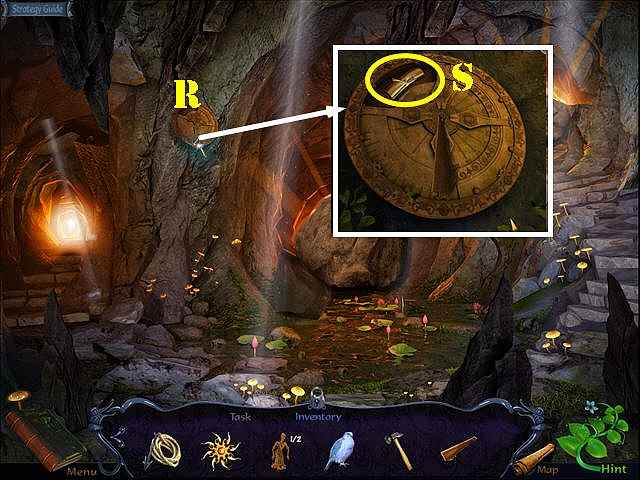
The king, enraged, put out Orion’s eyes and banished him from his land, the island of Chios. One night, he had too much to drink and tried to force himself on her. In another story, Orion fell in love with Merope, the beautiful daughter of King Oenopion, who didn’t return his affections. Orion can still be seen chasing the sisters across the sky at night. The Pleiades are represented by the famous star cluster of the same name, located in the constellation Taurus. He started pursuing them and Zeus scooped them up and placed them in the sky. In one myth, Orion fell in love with the Pleiades, the seven sisters, daughters of Atlas and Pleione. In Homer’s Odyssey, Orion is described as exceptionally tall and armed with an unbreakable bronze club. He was the son of the sea god Poseidon and Euryale, the daughter of King Minos of Crete. In Greek mythology, the hunter Orion was the most handsome of men. Orion constellation map by IAU and Sky&Telescope magazine Orion mythology The Orionid meteor shower reaches its peak around October 21 every year. There are two meteor showers associated with Orion, the Orionids and the Chi Orionids. The star names approved by the International Astronomical Union (IAU) are Alnilam, Alnitak, Bellatrix, Betelgeuse, Hatysa, Meissa, Mintaka, Rigel, Saiph, and Tabit. The constellation Orion contains 10 formally named stars. The second brightest star in Orion, Betelgeuse, Alpha Orionis, has an apparent magnitude of 0.43 and is the eighth brightest star in the night sky. Rigel is also the sixth brightest star in the sky.

The brightest star in the constellation is Rigel, Beta Orionis, with an apparent magnitude of 0.18. The constellation contains three Messier objects – Messier 42 ( M42, NGC 1976, Orion Nebula), Messier 43 (M43, NGC 1982, De Mairan’s Nebula), and Messier 78 (M78, NGC 2068) – and has seven stars with known planets. Orion belongs to the Orion family of constellations, along with Canis Major, Canis Minor, Lepus and Monoceros. The three-letter abbreviation, adopted by the International Astronomical Union (IAU) in 1922, is Ori. The genitive form of Orion, used in star names, is Orionis (pronunciation: /oʊˈraɪənɪs/). In English, the constellation is known as Orion or the Hunter. The constellation name Orion is pronounced /oʊˈraɪən/. The neighboring constellations are Eridanus, Gemini, Lepus, Monoceros and Taurus. It is located in the first quadrant of the northern hemisphere (NQ1) and can be seen at latitudes between +85° and -75°.


It is one of the 15 equatorial constellations. Orion is the 26th constellation in size, occupying an area of 594 square degrees. The constellation Orion contains two of the ten brightest stars in the sky – Rigel (Beta Orionis) and Betelgeuse (Alpha Orionis) – a number of famous nebulae – the Orion Nebula ( Messier 42), De Mairan’s Nebula (Messier 43) and the Horsehead Nebula, among others – the well-known Trapezium Cluster, and one of the most prominent asterisms in the night sky – Orion’s Belt. It represents the mythical hunter Orion, who is often depicted in star maps as either facing the charge of Taurus, the bull, pursuing the Pleiades sisters, represented by the famous open cluster, or chasing after the hare ( constellation Lepus) with his two hunting dogs, represented by the nearby constellations Canis Major and Canis Minor. The constellation is also known as the Hunter, as it is associated with one in Greek mythology. Orion has been known since ancient times. Orion constellation is one of the brightest and best known constellations in the night sky.


 0 kommentar(er)
0 kommentar(er)
